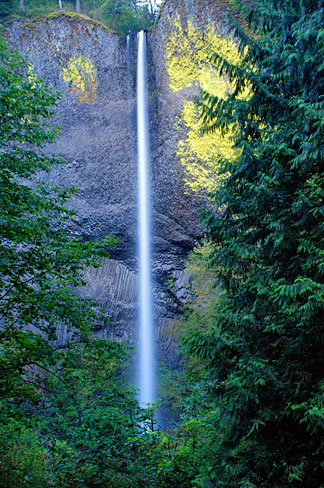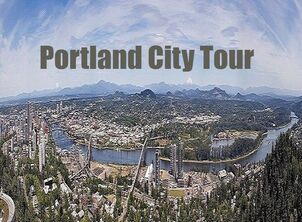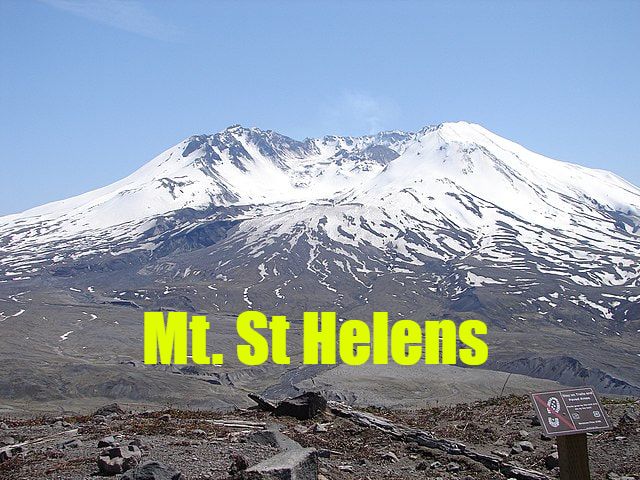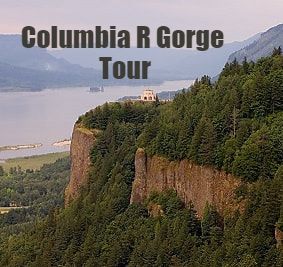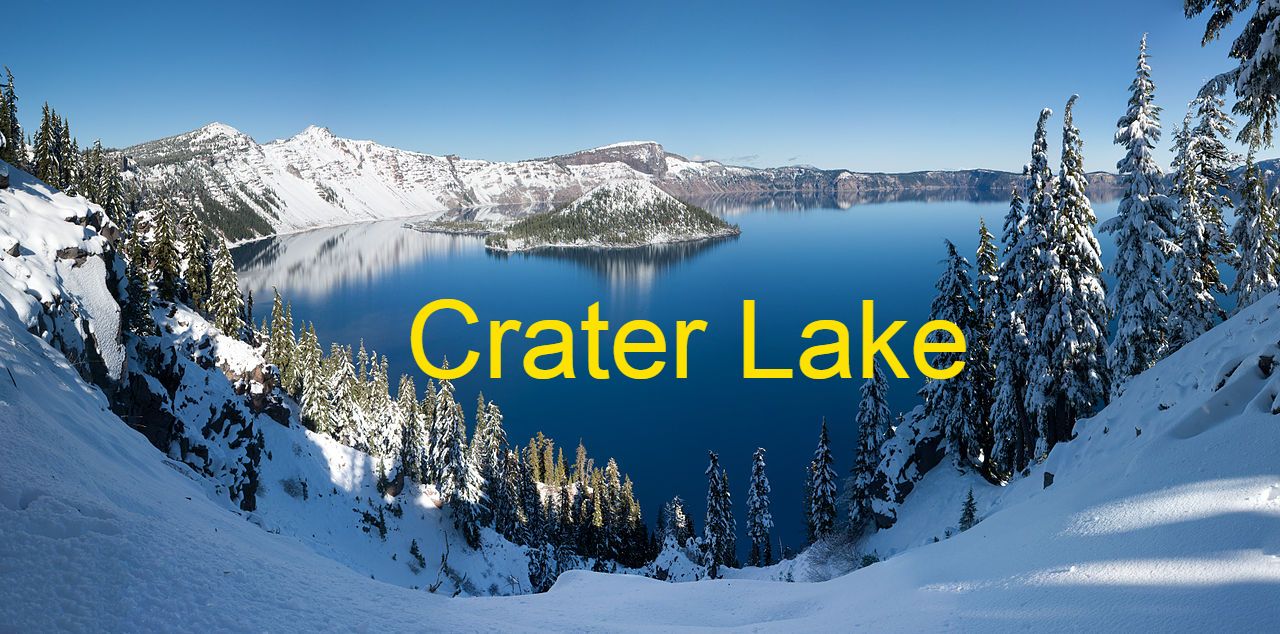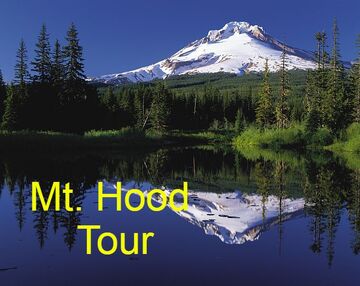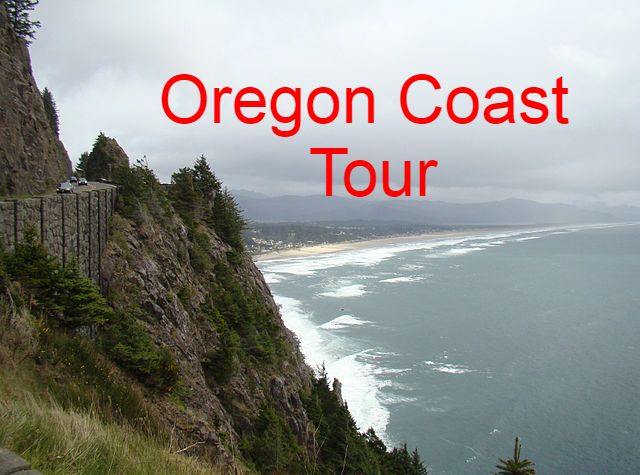|
Columnar Basalt at Latourelle Falls
|
You may also like. . .
12 Exciting Individual or Combination TOURS; Including 4 Of The 'Seven Wonders of Oregon'*
Be Treated Like Royalty...With Special Personalized Attention From Your Chauffeur
"Now Tread We a Measure With My Chauffeur!"
"Now Tread We a Measure With My Chauffeur!"
*Photos - Wikimedia GNU Free Documentation License applies. Photo Attributes: Portland City Tour: Author: Cacophony - Columbia River Gorge Tour: Author: Kelvin Kay - Mt. St. Helens: Author: Gripso_Banana_Prune - Oregon Coast Tour: Author: Oregon Dept of Transportation - Distilleries Tour: Author: Visitor7 - Breweries Tour: Author: Person Creations - Mt. Hood Tour: Author: Oregon's Mt Hood Territory - Crater Lake Tour: Author: WolfmanSF
|
© COPYRIGHT 1998-2024 ALL RIGHTS RES.
~POWERED BY MY CHAUFFEUR~ |
My Chauffeur Office Hours - Daily 7am - 9pm (PT)
EMAIL: [email protected] All Pricing On This Website Is Subject to Change Until Confirmed. **Photos - Wikimedia GNU Free Documentation License |
|
503-969-4370
|
TourPortland.com
|
When you ring to make your booking, just let us know what your tour requirements (interests) are and we will do the rest for you.

